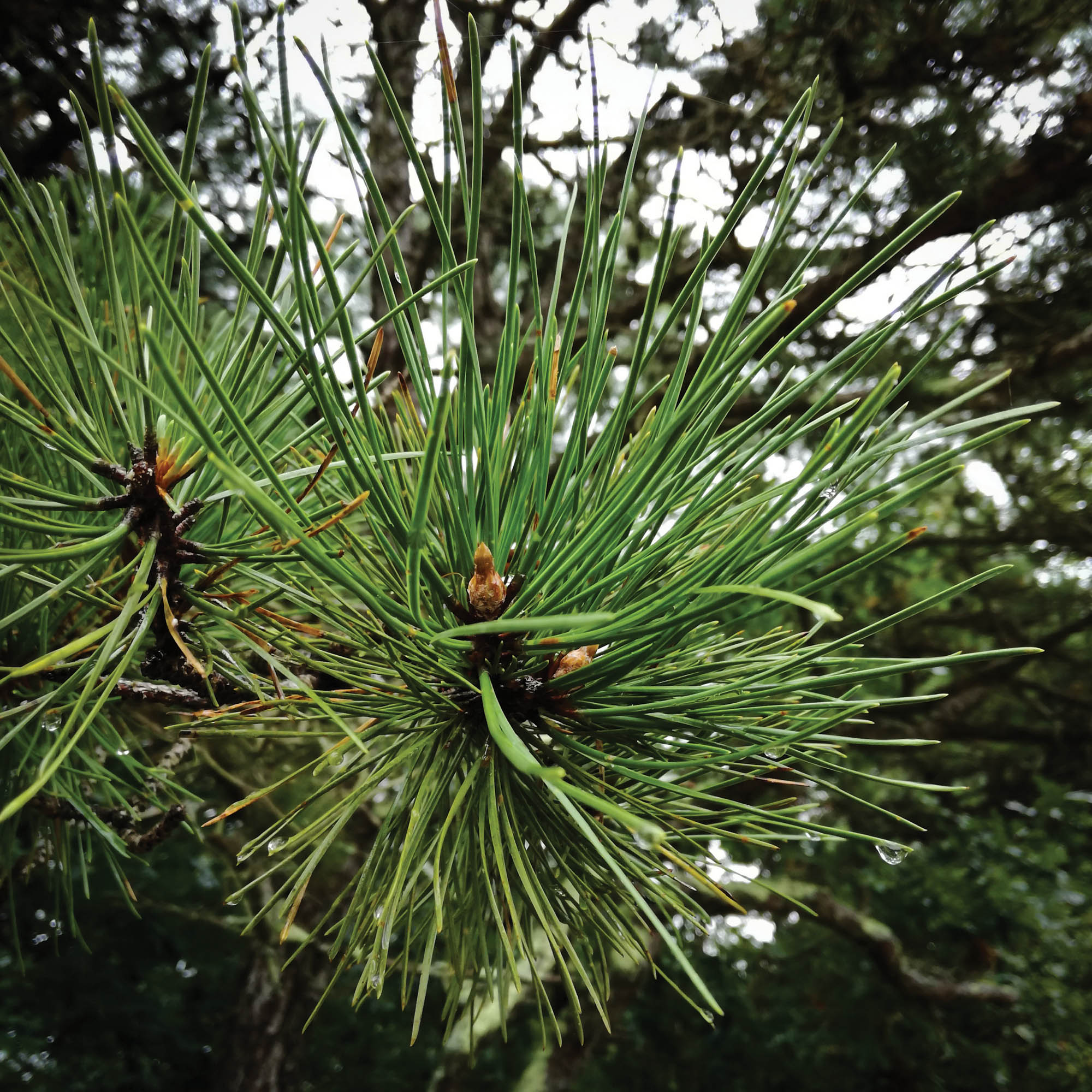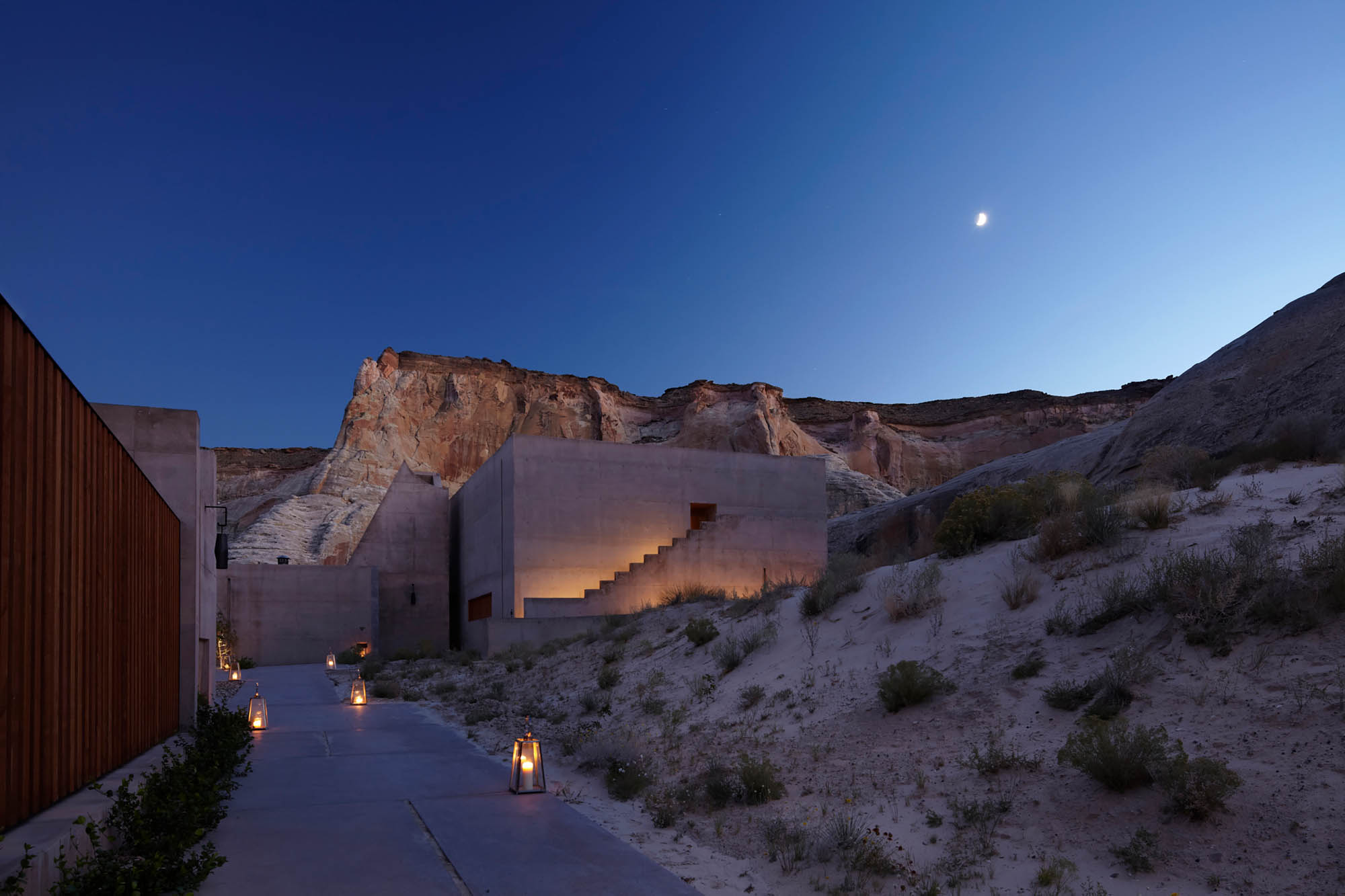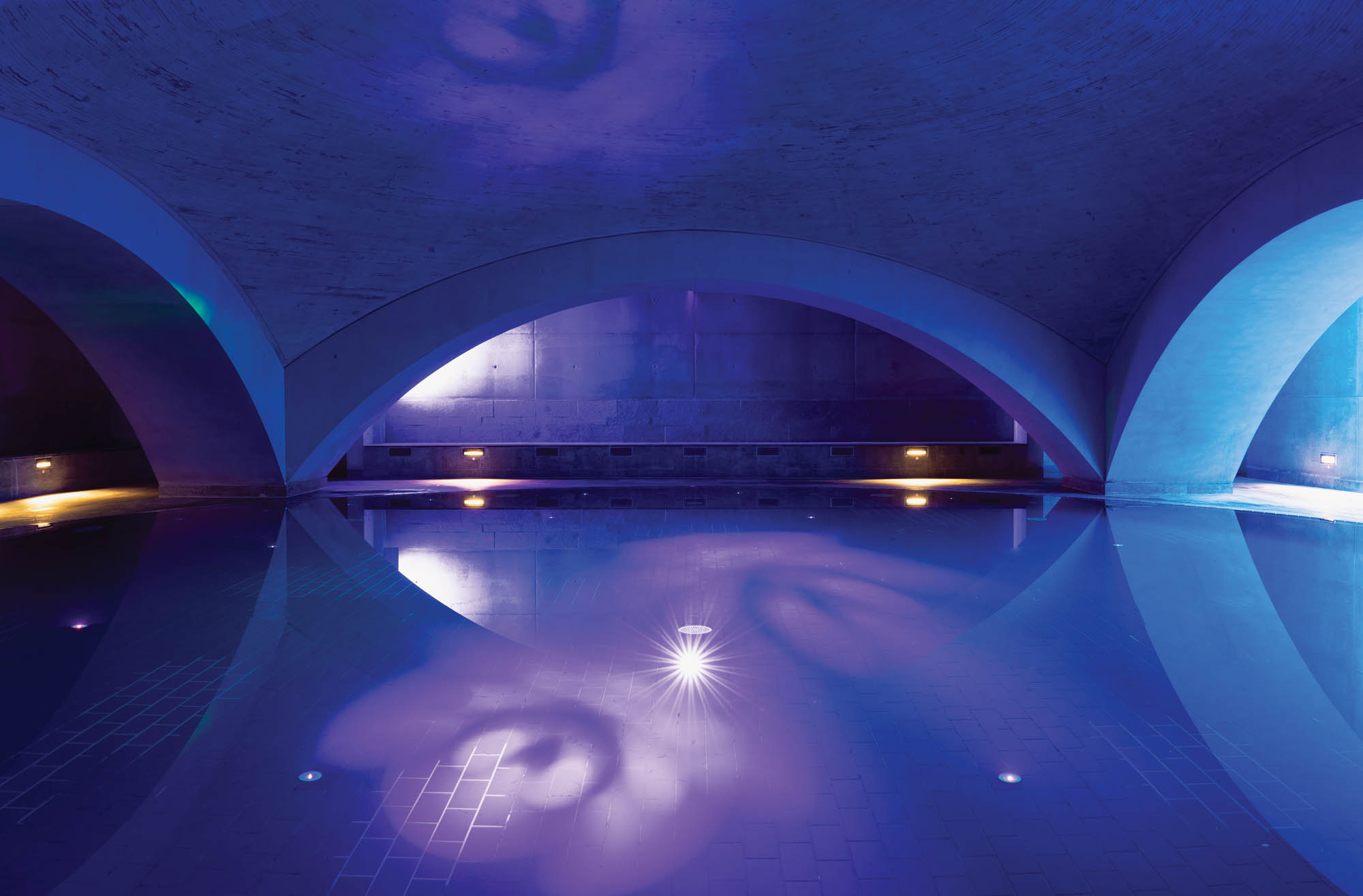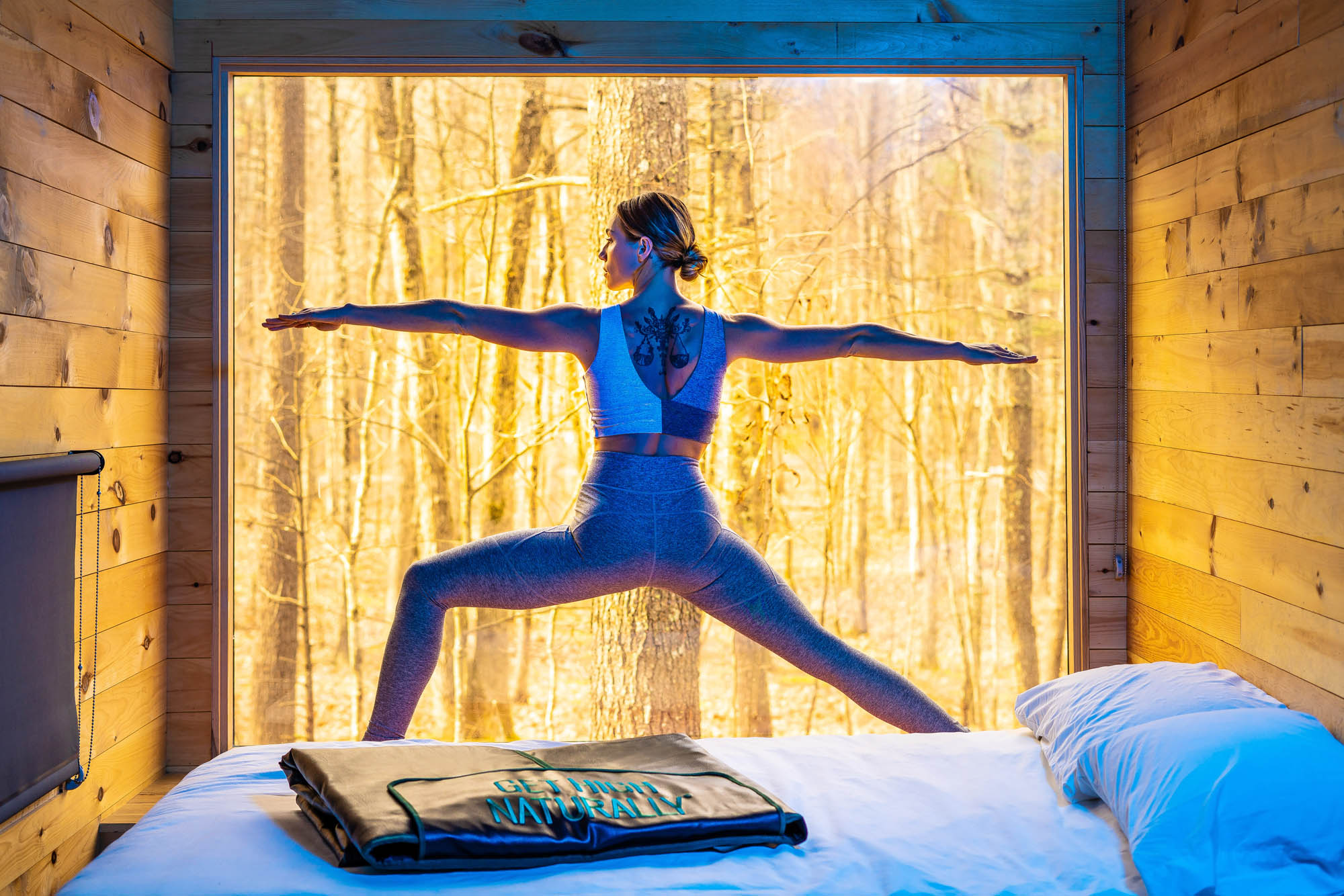
There is a concept, known as biophilia, introduced by American biologist E. O. Wilson in 1984, that humans have an innate need to connect with nature. Wilson believed that because we evolved in nature, we have a biological imperative to be close to it, and this affinity with the natural world is fundamental to our health and well-being.
Experts in forest therapy say that being in the forest reduces stress and blood pressure, strengthens your immune and cardiovascular systems, and boosts your energy, mood, creativity, and concentration. In addition to the philosophy of forest bathing, or what the Japanese call shinrin-yoku, there is some compelling science behind it as well.
I am reminded of my own experiences in nature –– in my youth, running through the woods behind my childhood home, later enjoying the Swedish forest, and most recently my trips to Jamaica Pond and the Arnold Arboretum in Boston.
I’ve always been drawn to trees and found them to be somehow soul healing. As I write this article for Venü, my body seems to remember the way I feel in nature. My breath slows and deepens. My muscles relax and my state of being is one of contentment. Does being out in nature also leave us with body memory lasting after we have come back indoors?
Forest bathing is a practice, not an event. It doesn’t include hiking, jogging, or getting wet. Its only requirement is simply being out in nature. Being still. Opening up your senses to what is around you and noticing as your body responds to your surroundings. Perhaps you wish to meander down a certain path. Or stop to notice the patterns made under a snow-covered bush.
Following your desires of exploration is part of the beauty of forest bathing. It is an activity that can be enjoyed year-round as each season has its own unique personality and offers us an abundance of natural gifts from observing the opening of the spring buds to experiencing the quiet of a snowfall. We are encouraged to take our time. There is no destination or end goal.
According to Dr. Qing Li, one of the world’s leading experts in shinrin-yoku, in Japan, both official religions –– Shinto and Buddhism –– believe that the forest is the realm of the divine. For Zen Buddhists, scripture is written outside in nature. In Shinto, it is believed that spirits reside in nature. Nature is not separate from mankind, it is a part of us.
In Scandinavia, the forest is also revered. A Scandinavian lifestyle includes an abundance of outdoor life. In Finland, seventy-five percent of the landmass is covered in forest and many regard mushroom hunting and berry picking as lifestyle activities. Forest bathing, although not previously known by that name, has always been a way of life in the Scandinavian countries.
Ninety-seven percent of Sweden is uninhabited, and national parks and reserves cover one-tenth of the country’s landmass. More than eighty-percent of Swedes live within five kilometers of a nature reserve or a national park, and because of allemansrätten –– the guaranteed right of access –– land is open to all. Residents can often simply walk outside their door to find a natural setting.
A good amount of my time in Gothenburg was spent at the city park, and I was fortunate in that I was able to access several wooded areas and forests from my apartment. I remain convinced that there are magical things in those forests.
Enjoying not only the mental health and spiritual aspects of forest bathing, practitioners of shinrin-yoku, also seem to benefit in physiological ways. According to Dr. Qing Li, the health secrets of forest bathing seem to lie in two areas –– a higher oxygen concentration that exists in the forest, and the presence of plant chemicals called phytoncides.
———–
Psithurism – (noun)
The sound of the
wind in the trees, and the rustling of leaves.
——————–
Phytoncides are natural oils that form part of a tree’s defense system against infection, insects, and fungi. It is also thought to be one of the ways trees communicate with each other. Exposure to these natural chemicals can have measurable health benefits for humans such as supporting the “NK” (natural killer) cells that are a part of our immune system’s defense against cancer. Evergreens, such as cedar, cypress, and pine, seem to release more of these chemicals.
Additional research, compiled by the Association of Nature and Forest Therapy, is accumulating that shows that forest bathing reduces cortisol levels, improves sleep, reduces blood pressure, and provides accelerated recovery from surgery or illness.
According to the ANFT website, leisurely forest walks, compared with urban walks, show a 12.4 percent decrease in the stress hormone cortisol, a seven percent decrease in sympathetic nerve activity, a 1.4 percent decrease in blood pressure, and a 5.8 percent decrease in heart rate.
It seems that time spent in the forest also has a positive effect on those suffering from PTSD. The safe environment of a natural forest or reserve has been shown to address the physiological disruptions of PTSD symptoms and improve patient’s psychological well being, social functioning, and quality of life. The compelling preliminary studies were so well-received by the government and financial sponsors, that Walter Reed National Military Medical Center in Bethesda, Maryland created a two-acre space which has been set aside for veterans and their families to enjoy forest therapy. No data is yet available on the efficacy of the project but the response from vets and the monitoring medical staff has been overwhelmingly positive.
And what about those calming effects I experienced as I began writing this piece? It turns out that the benefits of those natural chemicals released by plants and trees are cumulative. The positive effect on our stress levels and immune responses will last at least a week after a weekend in the woods.
So how can you take advantage of these benefits? Forest bathing can be done alone or in a guided group. Certified guides and organizations are steadily gaining in popularity and can probably be located close to where you live. If you are more of an introvert, try forest bathing on your own.
Find a spot in a nearby forest, park, or reserve that calls to you. Perhaps you are drawn to the sound of water or the smell of dirt. Finding an area that provides those sensory effects will work best for you.
- A typical forest bath lasts two to three hours. But remember much of this time is spent in exploration, meditation, and stillness. You should begin to feel the effects of forest bathing in the first 20 minutes of your walk.
- Just like any other therapeutic exercise, forest bathing requires multiple sessions. To truly reap the benefits, shinrin-yoku should not be treated as a one-time event.
- Leave behind your cell phone.
- Walk slowly through the woods, observe, and breath. Notice the little things and listen as your body directs your exploration.
- Touch the trees, feel the leaves, smell the soil. Forest bathing takes place at a slow almost meditative pace. It is an opportunity for wonderment.
- Stay and sit in one place for at least 20 minutes noticing what is happening around you. Utilize all of your senses –– hear the breeze, feel the ground, taste the air, look up.
- End your bath with a tea ceremony or picnic.
- Pick up any trash you might have left behind.
Forest bathing is a wonderful practice for both body and mind. It also serves to remind us of the beauty and majesty of our planet, and like those living in Japan and Scandinavia, to be good stewards of our environment. ¨





Leave a Reply